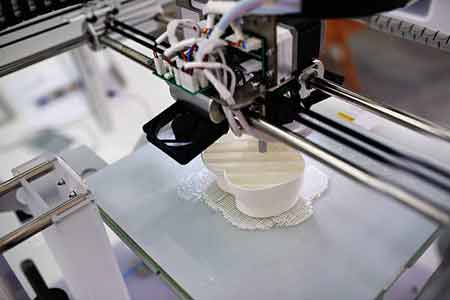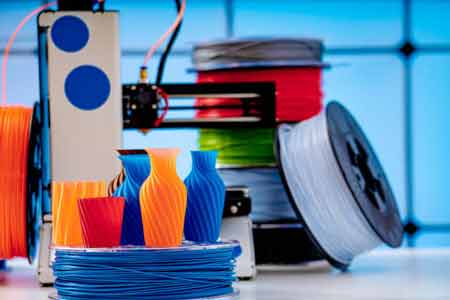Before choosing your printer and filament, you must consider its function. The different filaments have varying properties, and you must determine whether you want a rigid or flexible print. The best way to determine the properties of your print is to test its flexibility, sanding, and drilling capabilities. Certain types of filaments are used more frequently than others. Some common types of filaments are ABS, PLA, carbon fiber, and thermoplastic elastomers.
Safety First

Regardless of the type of 3D printer you own, the main consideration when choosing 3D printer filaments is safety. However, safety is not the only factor to consider when selecting a material. The thickness of the filament is also important. If you need a prototype with a tough exterior, you should use ABS 3D filament. If you need a durable object for everyday life, you should choose PLA 3D filament. Natural coloured filaments are less expensive than coloured ones and can be more easily set up.
Filament Compatibility
To choose a filament, check the roundness and tolerance of the supplier. The roundness of the filament and its diameter is two key factors. Having high tolerance is essential for producing quality 3D objects, and you need to ensure that your filaments are of the highest quality. Look for the manufacturer’s guarantee on its website. Many companies will be more than happy to answer your questions about their products. Just make sure to compare the specifications of the product.
Filament Type

After choosing the printer, you should select the filament. You can choose between PLA or Nylon. The former is ideal for hobbyists and is often cheaper than the latter. In addition to these two benefits, you should also consider the cost of a 3d pen filament. There are several advantages to using PLA, but it is only available in 1.75mm diameter. The latter is best for hobbyists. If you need to print something large, you should consider the cost.
Choosing the correct filament for your printer is essential to the success of your project. You can choose from ABS or PLA. You can also use glow-in-the-dark filament. Other options include sandstone, metallic, and glow-in-the-dark PLA. For your first print, you should start with the first one. It’s important to know that the thinner you use, the better the results will be.
Metal Filament
The best material for 3D printing is one that has high strength and flexibility. In addition to being safe, it is also recyclable. If you want a metal-like finish, you should choose a metal filament. Some popular metal filaments include ColorFabb’s bronzeFill metal filament and MatterHackers metallic bronze PRO series. Some of these materials can be hard or soft depending on your printer.
Choose the Right Filament
Before you start printing, you should choose the correct filament for your printer. First, consider the material that is compatible with your 3D printer. This is important for the safety of your project and to keep your parts. It will be easier to handle and print with a smaller filament. But you should be careful while choosing the material. Moreover, you should consider the flexibility of the filament. The material should be compatible with the machine.
Summary
Before you begin using a particular filament, you need to know how to choose it for your specific printer. The type of filament you use will depend on your 3D printer’s characteristics and the type of prints you want to create. If you need solid parts, try ABS or PLA. If you’re looking to create flexible or semi-rigid parts, opt for TPU or TPE-based materials. Lastly, choose the right material for your application.

Jerry Martinez is a professional artist. He lives in California with his family. Throughout his life, he has always been captivated by images. Naturally, he was drawn to art. So he opted to take his Bachelors Degree in Fine Arts from Otis College of Art and Design. After completing his degree, He concentrated even more into his art practice. He is a father of three children, ranging in age from 3 to 12 years old. They love outdoors activities; biking, camping, walking and playing football. Jerry Martinez is a music lover and love to listen to metallic songs.






